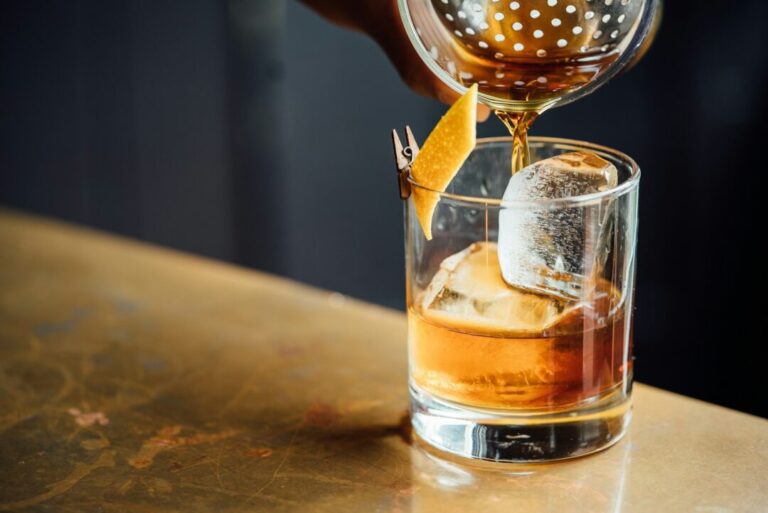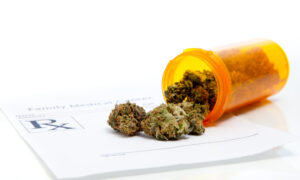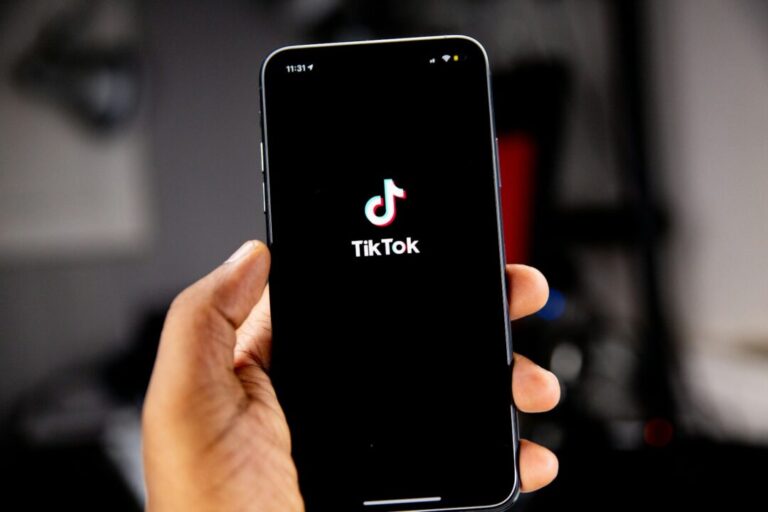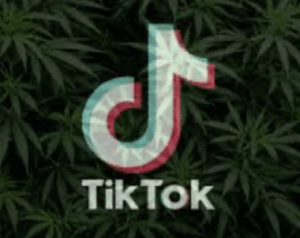They can destroy a day in seconds…but can marijuana help with migraines?
They can upend sometimes day when they arrive and devastate lives over the long term…so what is the latest on medical marijuana and migraines? A wave of fresh research is casting new light on the potential of medical marijuana as a treatment for migraines, the debilitating neurological condition affecting about 15% of people globally, or nearly 1 billion individuals. In the U.S., the lifetime incidence stands at roughly 43% for women and 18% for men.
RELATED: 5 Ways Medical Marijuana Can Help You Deal With Chronic Pain
Migraine recognition remains crucial for timely intervention. Classic signs include a pulsating, moderate-to-severe headache, typically unilateral, often accompanied by nausea, and hypersensitivity to light (photophobia) and sound (phonophobia). Attacks may last from 4 to 72 hours, and many sufferers go through prodromal symptoms—mood changes, fatigue, or neck pain—before the headache phase.

In a landmark placebo-controlled clinical trial presented at the 2025 American Headache Society Annual Meeting, researchers at UC San Diego demonstrated vaporizing a precise mixture of 6% THC and 11% CBD leads to significant migraine relief:
- 67.2% of participants experienced pain relief within 2 hours, compared to ~46.6% receiving placebo.
- 34.5% reached complete pain freedom, versus 15.5% with placebo.
- Benefits were sustained for 24 hours for pain relief, and 48 hours for relief from their most bothersome symptoms, including light or sound sensitivity.
Investigators highlighted the importance of controlled, infrequent dosing—limiting use to under 10 times per month—to avoid medication overuse headaches (MOH) and reduce risks of psychoactive effects.
A systematic review covering nearly 2,000 migraine patients revealed medical cannabis reduced monthly headache frequency from 10.4 to 4.6 days—a remarkable ~56% drop. It also alleviated associated nausea and vomiting, with effects comparable to amitriptyline in reducing frequency (~40%).
RELATED: Immersive Events Redefine Millennial Nights
Survey-based studies echo these findings:
- In one registry, patients reported inhaled cannabis halved migraine severity, though effectiveness waned over time.
- Another review confirmed medical marijuana significantly reduces both the length and frequency of migraines, with no severe adverse events noted (cannabisclinicians.org).
Despite promising outcomes, more research is needed. A retrospective study found cannabis use increased the prevalence of medication overuse headache (MOH)—patients using cannabis were nearly 6 times more likely to develop MOH compared to non-users. Mild side effects—such as drowsiness, lightheadedness, or cognitive blips—occurred in up to 43.75% of users, particularly with oral forms.




















